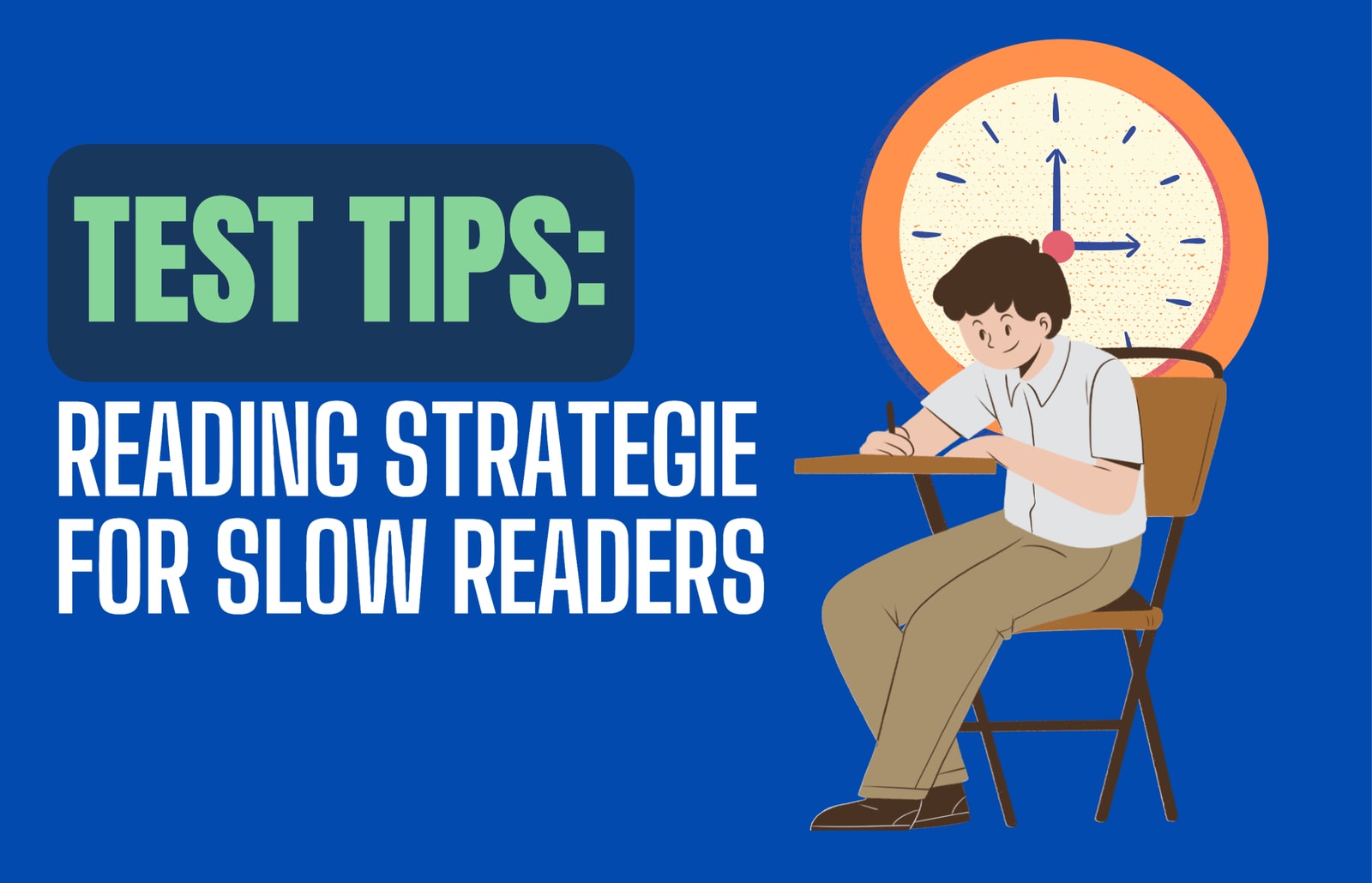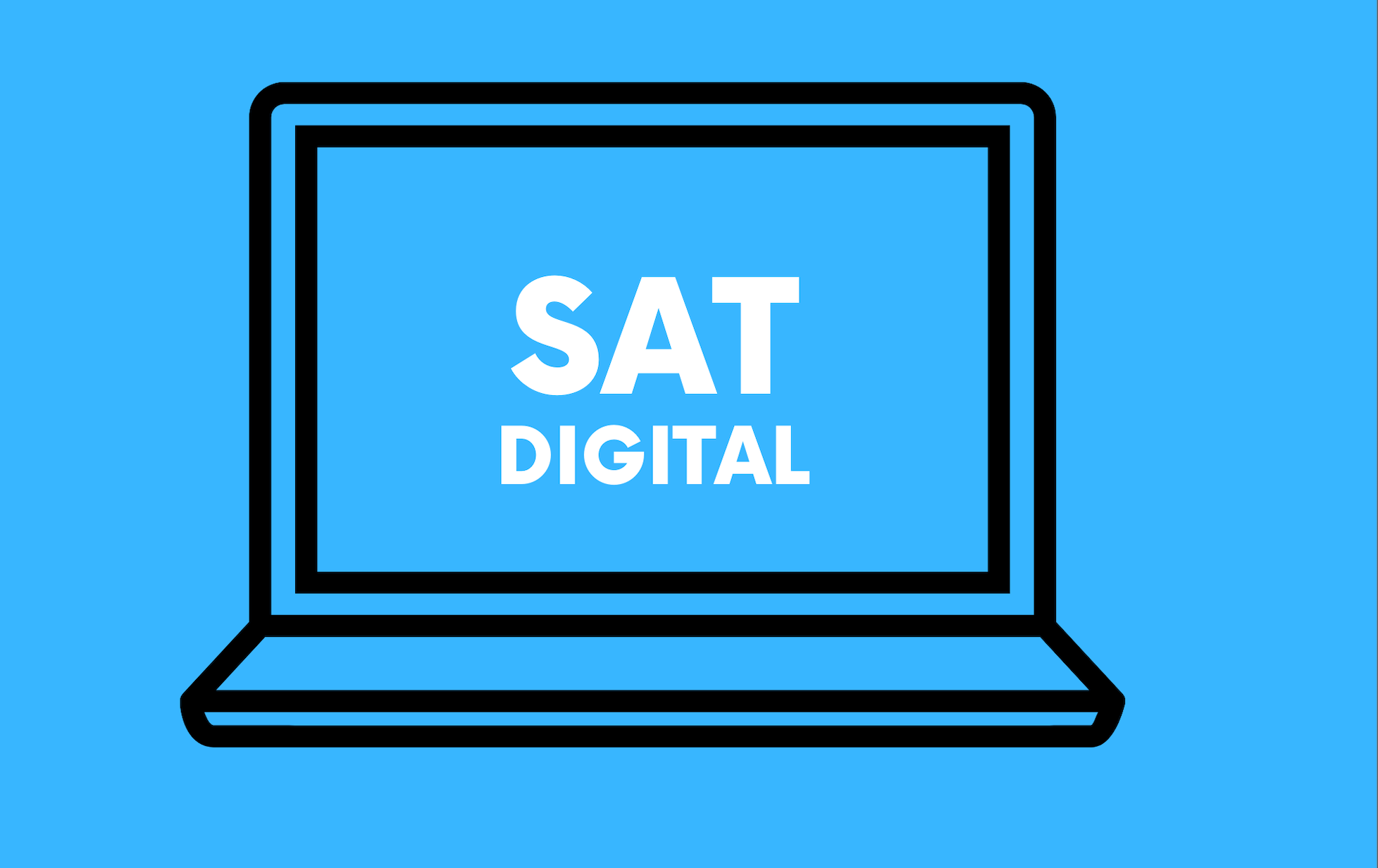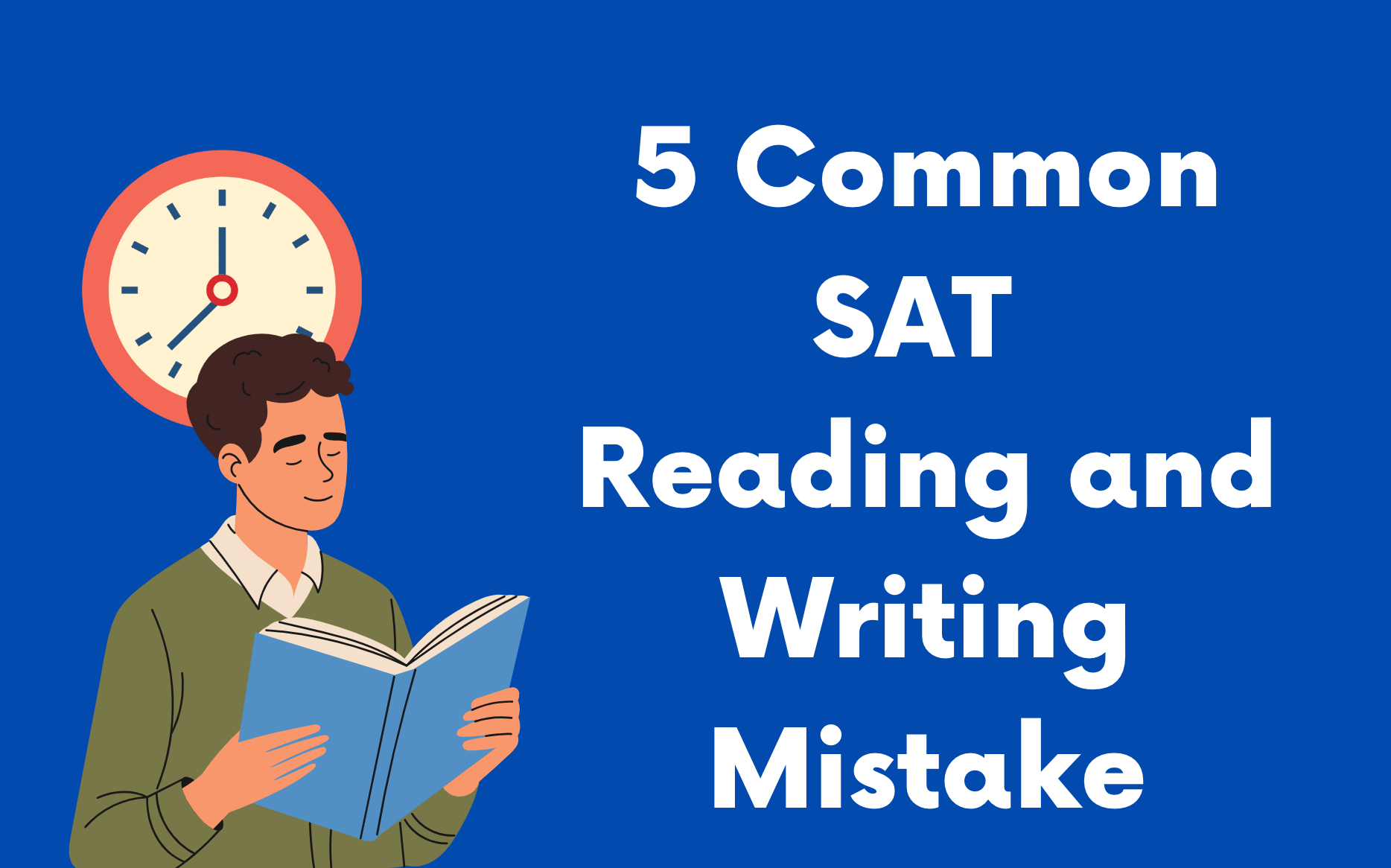How Slow Readers Can Boost Reading & Writing Scores
Author
Phoenix Wilder
Date Published

The new Digital SAT Reading & Writing Section has dramatically changed the way students approach standardized reading in English. Rather than five long passages, the test now features about 54 short passages (each with one accompanying question). While this makes each reading segment shorter, it also introduces unique time management and comprehension challenges, especially for “slow readers.” The good news: With targeted strategies and practice, slow readers can thrive under the new format. Here’s how:
1. Understand the New Digital SAT Format
• The Reading & Writing section consists of two modules. Each module contains about 27 short texts, each paired with a single question—totaling approximately 54 questions and passages.
• Each text is short—usually only a few sentences or a paragraph.
• Question types include: main idea, detail, vocabulary-in-context, logical connections, grammar, and transitions.
• Time per module is tight, so efficient reading is crucial—expect around 1–1.2 minutes per question and passage, including answering.
To best simulate the official testing experience and get used to adaptive digital modules, students can use Best SAT Score’s Adaptive Full-Length SAT Practice Tests. These practice exams offer realistic timed conditions, adaptive difficulty, and in-depth performance analytics to help you master the digital format efficiently.
2. Change Your Mindset: Quality Over Quantity
Reading shorter texts means you don’t need to “speed read” long, dense passages. Instead, focus on:
• Understanding the author’s purpose and main point quickly.
• Spotting keywords, transitions, or phrases that directly answer the question.
• Eliminating “overthinking” or second-guessing; trust your first impression more.
If you want to target your weak points and improve both speed and accuracy, consider Best SAT Score’s Expert-Curated SAT Question Bank. It contains handpicked questions and detailed explanations specifically designed to address the most common slow reader mistakes—helping you “break through your SAT score ceiling.”
3. Master Skimming and Scanning Techniques
You don’t need to read every word equally closely! Instead:
• Read the first and last sentence carefully—in these short passages, the main idea or answer often appears here.
• Scan the middle for signal words (however, although, thus, for example) that indicate important relationships or details.
• Underline or mentally note key words in the question to guide what to look for in the passage.
4. Targeted Approach by Question Type
• Main Idea/Inference: Focus on the overall sense; often the answer is stated or strongly implied in the first sentence.
• Vocab-in-Context: Reread the sentence with the target word, then read the sentence directly before and after for clues.
• Evidence/Detail: Directly locate the relevant word, phrase, or number in the passage. Don’t “overread”—answer is usually explicit.
• Transition/Logic: Identify the relationship (contrast, cause, addition) between sentences using connector words.
5. Practice Rapid Elimination
With only a few sentences per text, wrong answer choices often stand out:
• After a first reading, quickly cross out answers that contradict the passage.
• Eliminate choices that contain information never mentioned—or that use extreme language (“always,” “never,” etc.) unless clearly supported by the text.
6. Time Management: Pass, Don’t Panic
If you find a passage or question confusing:
• Skip it and move on. The digital SAT allows you to flag questions to return to later.
• Don’t dwell on a single question for too long—every question has nearly equal value.
• Make a guess before time runs out; there’s no penalty for guessing.
7. Build Stamina With the Right Materials
• Practice with official digital SAT sample questions and Bluebook software, which best represent the new format’s timing and short passage length.
• Set a timer and aim to complete a set of 10–15 passages within the allocated time, gradually tightening your pace as you improve.
• Review not only wrong answers but also passages you got right—ask yourself how you could arrive at the answer even faster and more confidently.
Tip: For extra support, Best SAT Score’s SAT Flashcard tool and AI-Powered Study Planning can help you master essential vocabulary, reading, and grammar, while giving you a personalized study schedule and progress tracking for truly efficient prep.
8. Daily English Reading—But In “SAT Mode”
• Read short, high-quality non-fiction (news articles, opinion pieces, science/humanities snippets).
• Summarize each paragraph in one sentence—just as you'll need to do on test day.
• Practice spotting the main point, argument, or “why this information matters” in 30–60 seconds per text.
9. Review SMARTLY: Build “Recognition” Not Rote Memory
• Focus on recognizing test patterns: transitional logic, argument strength, and “trap” answers.
• Build a list of commonly tested vocabulary and practice using context.
• Practice under realistic time constraints to develop intuition alongside skill.
In Summary
The digital SAT Reading & Writing Section is uniquely suited to strategic, efficient reading. For slow readers, the shift to short passages is actually an opportunity: less anxiety about long passages, and more focus on quick, targeted comprehension. With deliberate practice in skimming, scanning, rapid elimination, and time management, you can turn your careful reading style into a scoring advantage. Platforms like Best SAT Score provide comprehensive tools—from authentic adaptive practice tests to AI-driven study plans—to help you guarantee results and break through your SAT score ceiling. Remember—success now depends on finding and using the right clue in under a minute, not blitzing through thousands of words.
Related Posts

Get all the details on the Digital SAT Test—adaptive testing, built-in tools, shorter format, and why it’s more student-friendly than ever!

Struggling with the Digital SAT Reading & Writing section? Discover 5 common mistakes students make and actionable tips to boost your score!